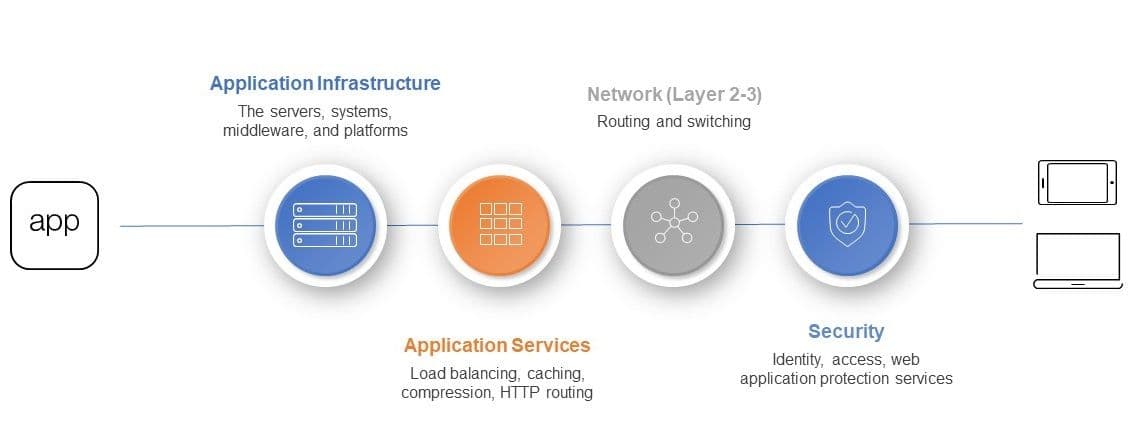
There is a common belief that in the race to automate the deployment pipeline (that's what's we call production these days) NetOps are far behind their DevOps counterparts.
That perception is important, as the lack of automation – and willingness on the part of NetOps to enable it – is often cited as a key driver of public cloud adoption. It's also, in part, responsible for emerging technologies like containers that deliberately pull more and more network and application services into the ecosystem so that they can be abstracted away until it no longer matters whether they're automated in production or not.
When we last polled those in the trenches, we found that citation to be mostly true. In fact, 65% of DevOps told us the lack of access and automation of the deployment pipeline was a factor in their push to go around IT to find other solutions, such as cloud and containers.
But the perception that NetOps isn't in the automation race isn't all that accurate. In fact, it looks like NetOps are gaining ground on their DevOps counterparts.
Consider this potentially surprising data from a recent survey, conducted by F5 and RedHat – NetOps Meets DevOps: The State of Network Automation. We polled DevOps and NetOps and security pros on a variety of topics related to DevOps and their practices with respect to automation. One of the things we specifically asked was about their use of automation to deploy infrastructure components across four key components of the deployment (production) pipeline:
- Application Infrastructure. These are the servers, systems, middleware, and platforms necessary for applications to run.
- Application Services. These are services like load balancing and caching, HTTP routing, and Ingress control.
- Network. This is the foundation of all pipelines. It's the routing and switching functions in the network that every app and app service needs.
- Security. Security services include WAF and identity, access control, and bot protection.
We found that on average, DevOps are ahead of NetOps in the race to automate these components of the deployment pipeline. But we also note that NetOps aren't that far behind. We further note that the further from the application a service is, the less likely automation is to be used to deploy that service.

The difference is still no doubt the cause of some friction between the two groups. We noted that equal percentages of DevOps (43%) say deployment frequencies are "good enough" and "not frequent enough." NetOps were equally split, with 31% saying deployment frequencies were "good enough" and 30% agreeing frequencies were not meeting expectations.
That's a far cry from our previous survey in which a mere 18% of NetOps wanted to pick up the pace of deployments.
But automation take times – and effort. And challenges abound. It would be good for DevOps to remember that the current ecosystem of tools and toolsets are geared toward developers and application infrastructure. There's been little to no movement on nurturing the ecosystem on the NetOps side of the fence. It's hard to get continuous when there's not much in the way of integration to help you piece together the various components of the deployment pipeline puzzle.
And there's the real rub. One of the reasons DevOps has been so successful is that its comprised primarily of developers. Developers who live and breathe code. They have the know-how to integrate what needs integrating. NetOps doesn’t necessarily have that skill set. The deployment pipeline is comprised primarily of devices and systems that integrate via protocols. Well-defined, RFC-based protocols that don't require code-based integration because they were designed not to.
This is a completely new challenge for NetOps; one they aren't necessarily prepared – or skilled – to meet. To wit, only a little more than a third (38%) of DevOps cited "Integration of toolsets across vendors/devices" as a challenge to network automation. On the other side of the wall, almost half (47%) of NetOps noted lack of integration as a problem, second only to a lack of automation know-how (49%).
The data shows that despite the challenges inherent in automation, NetOps aren't nearly as far behind as some posit. There are a great number of opportunities in network automation for NetOps and Security alike to insert themselves into the continuous pipelines that increasingly dominate app development and deployment.
For more details and analysis on NetOps Meets DevOps: The State of Network Automation, be sure to grab your copy today!
About the Author

Related Blog Posts

Build a quantum-safe backbone for AI with F5 and NetApp
By deploying F5 and NetApp solutions, enterprises can meet the demands of AI workloads, while preparing for a quantum future.

F5 ADSP Partner Program streamlines adoption of F5 platform
The new F5 ADSP Partner Program creates a dynamic ecosystem that drives growth and success for our partners and customers.

Accelerate Kubernetes and AI workloads with F5 BIG-IP and AWS EKS
The F5 BIG-IP Next for Kubernetes software will soon be available in AWS Marketplace to accelerate managed Kubernetes performance on AWS EKS.
F5 NGINX Gateway Fabric is a certified solution for Red Hat OpenShift
F5 collaborates with Red Hat to deliver a solution that combines the high-performance app delivery of F5 NGINX with Red Hat OpenShift’s enterprise Kubernetes capabilities.
F5 Silverline Mitigates Record-Breaking DDoS Attacks
Malicious attacks are increasing in scale and complexity, threatening to overwhelm and breach the internal resources of businesses globally. Often, these attacks combine high-volume traffic with stealthy, low-and-slow, application-targeted attack techniques, powered by either automated botnets or human-driven tools.
Phishing Attacks Soar 220% During COVID-19 Peak as Cybercriminal Opportunism Intensifies
David Warburton, author of the F5 Labs 2020 Phishing and Fraud Report, describes how fraudsters are adapting to the pandemic and maps out the trends ahead in this video, with summary comments.
